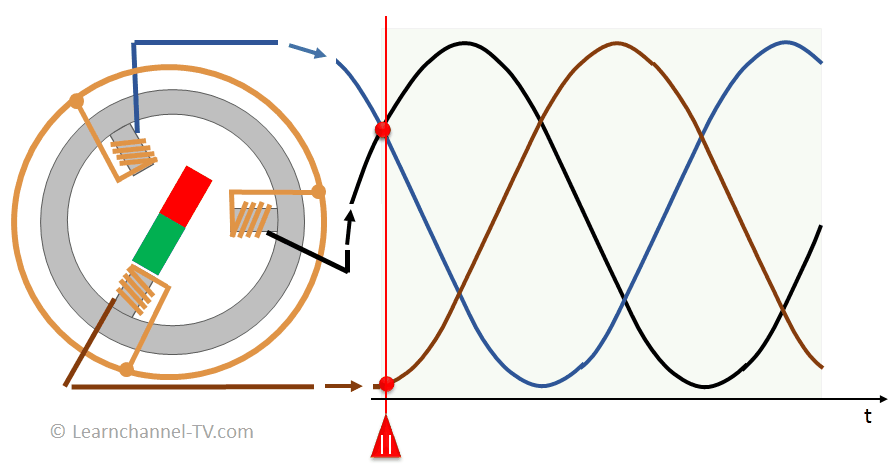The electron man
Senior Member
- Location
- Nyc
- Occupation
- Electrician
Let's say I working on some electrical and I'm testing for voltage
From
Ground to black I should get 120v
Ground to red I should get 120v
Ground to neutral I should get 0v
Since ground and neutral are at the same potential
But there are times the ground can be energized because there is a problem in the system
How would I test the ground to make sure its not energized ??
From
Ground to black I should get 120v
Ground to red I should get 120v
Ground to neutral I should get 0v
Since ground and neutral are at the same potential
But there are times the ground can be energized because there is a problem in the system
How would I test the ground to make sure its not energized ??

